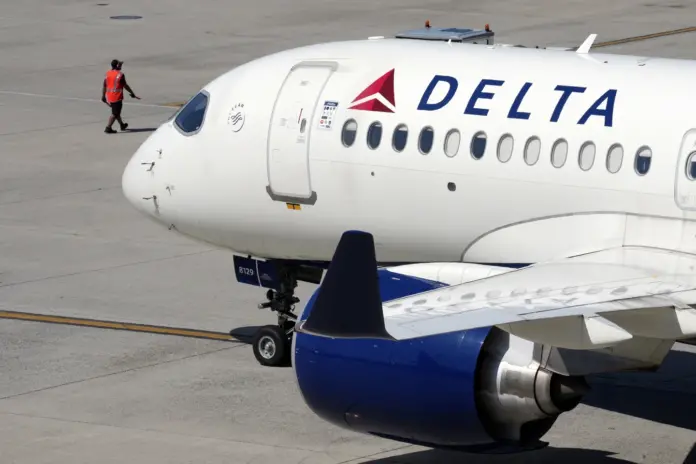In a surprising turn of events, a technical outage at CrowdStrike, a leading cybersecurity company, recently caused significant disruptions across multiple airlines.
This incident highlighted the critical role of technology in modern aviation and the industry’s resilience in the face of unexpected challenges.
Rapid Recovery Showcases the Strength of the Airline Industry
Most airlines affected by the CrowdStrike outage demonstrated remarkable agility, swiftly restoring normal operations. Their rapid recovery underscores the robustness of contingency plans and the dedication of their IT teams.
Key Factors for Recovery Success:
- Robust Backup Systems
- Well-Trained IT Personnel
- Effective Crisis Management Protocols
The Outlier: One Airline’s Continued Struggles
While most airlines have bounced back, one airline continues to grapple with the aftermath of the CrowdStrike outage. This situation raises important questions about disparities in technological infrastructure and disaster recovery capabilities within the industry.
Analysis of Persistent Impact:
Prolonged issues faced by this unnamed airline could stem from several factors:
- Integration of Legacy Systems
- Insufficient Backup Protocols
- Overreliance on a Single Technology Provider
Federal Attention: Examining Airlines’ Technology Dependencies
The stark contrast between the rapid recovery of most airlines and the ongoing struggles of one has not escaped the notice of federal authorities. Reports indicate that the U.S. Department of Transportation is taking a keen interest in this incident, potentially leading to broader implications for the industry.
Possible Outcomes of Federal Scrutiny:
- Enhanced Regulations on Airline Technology Dependencies
- Mandatory Disaster Recovery Audits
- Heightened Focus on Aviation Cybersecurity Measures
CrowdStrike Outage: A Wake-Up Call for Aviation
This incident serves as a crucial reminder of the aviation sector’s heavy reliance on technology. As cybersecurity threats continue to evolve, airlines must adapt and continually strengthen their defenses.
Lessons Learned from the CrowdStrike Incident:
- The Importance of Diversified Technology Partnerships
- The Need for Regular Stress Testing of Backup Systems
- The Value of Transparent Communication During Crises
Looking Ahead: Strengthening Airlines’ Technological Resilience
As the industry moves forward from this incident, several key areas require attention:
Enhancing Cybersecurity Measures
Airlines must invest in cutting-edge cybersecurity solutions to guard against future threats. This includes partnering with multiple security providers to avoid single points of failure.
Improving Disaster Recovery Protocols
The CrowdStrike outage underscored the importance of having solid disaster recovery plans. Airlines must periodically review and update these protocols to ensure minimal disruption in the event of future incidents.
Promoting Industry-Wide Collaboration
Sharing best practices and lessons learned can help the entire aviation sector become more resilient. Industry organizations like the International Air Transport Association (IATA) could play a crucial role in facilitating this exchange of knowledge.
Conclusion: A Turbulent Moment, But Clear Skies Ahead
The CrowdStrike outage and its aftermath provided valuable insights into the strengths and weaknesses of airlines’ technological infrastructure. While most airlines showcased impressive resilience, the continued struggles of one airline serve as a cautionary tale.
As federal authorities take notice and the industry reflects on this incident, we can expect a renewed focus on technological resilience and cybersecurity in aviation. This event, though challenging, ultimately has the potential to lead to a stronger and safer future for air travel.
The aviation industry’s response to the CrowdStrike outage serves as a powerful reminder of the sector’s adaptability and the critical importance of robust technological systems in our increasingly connected world.

